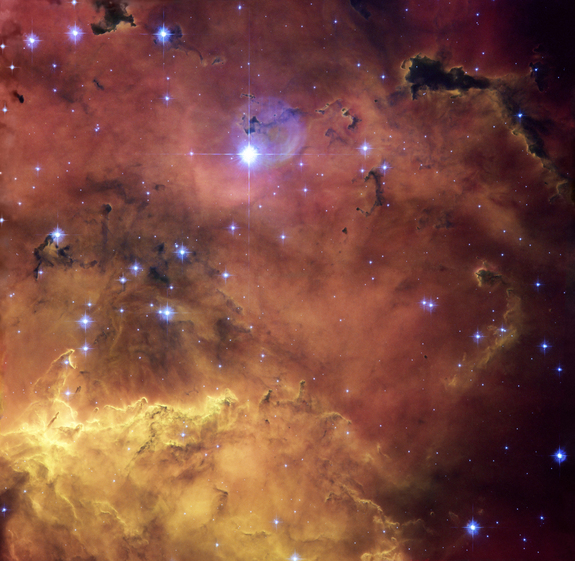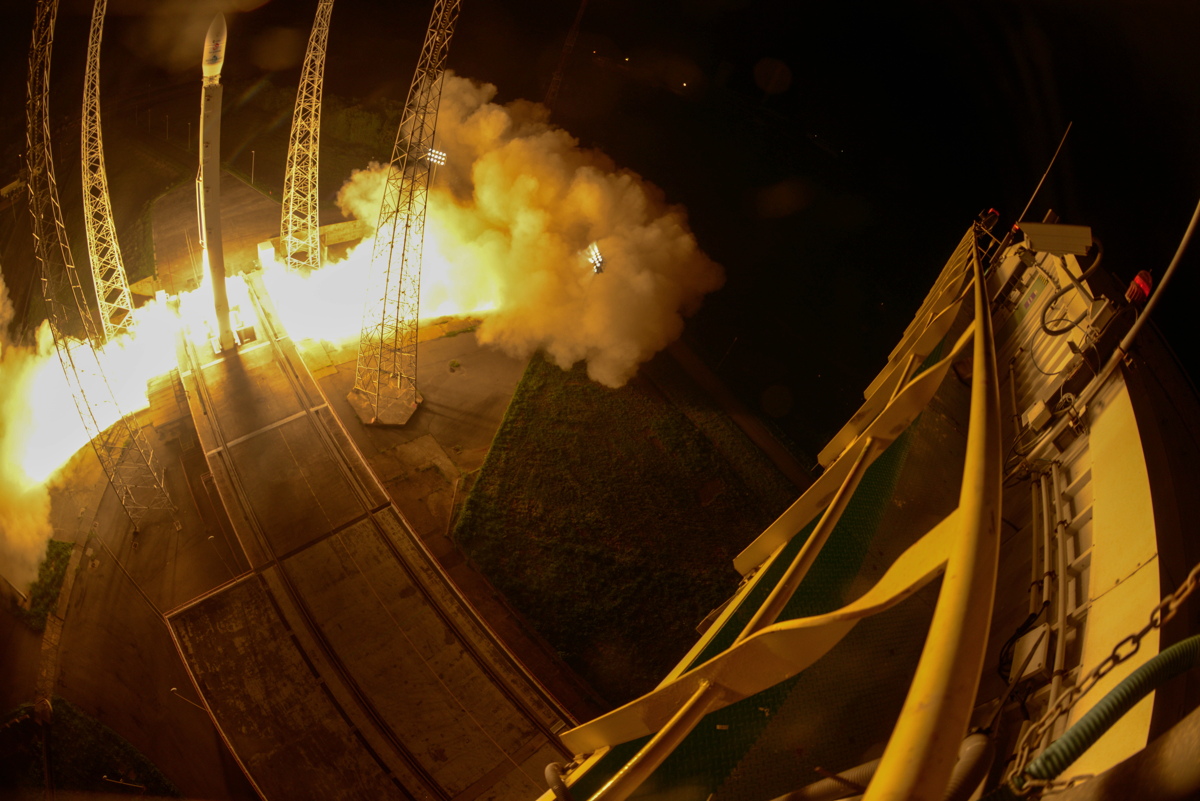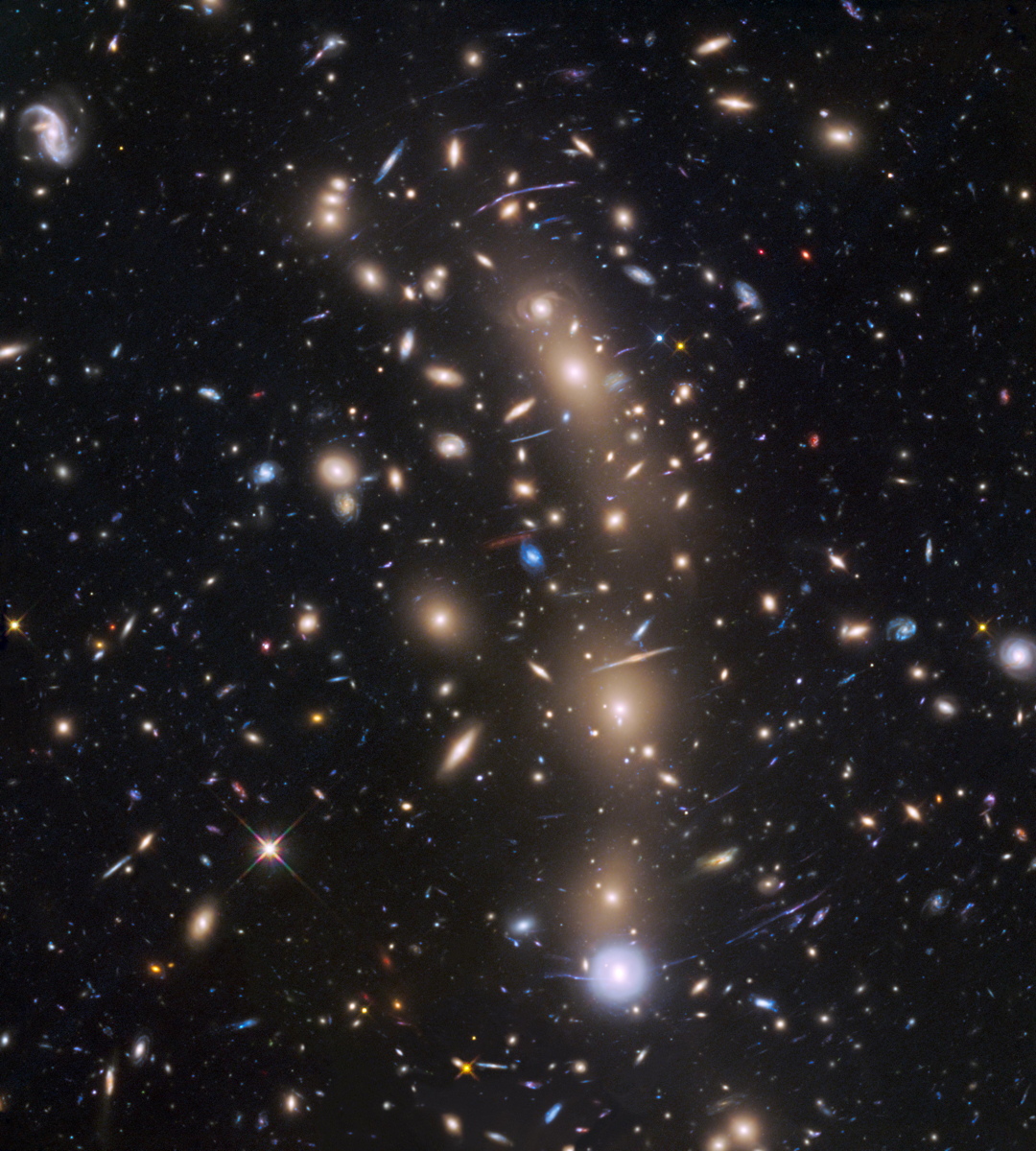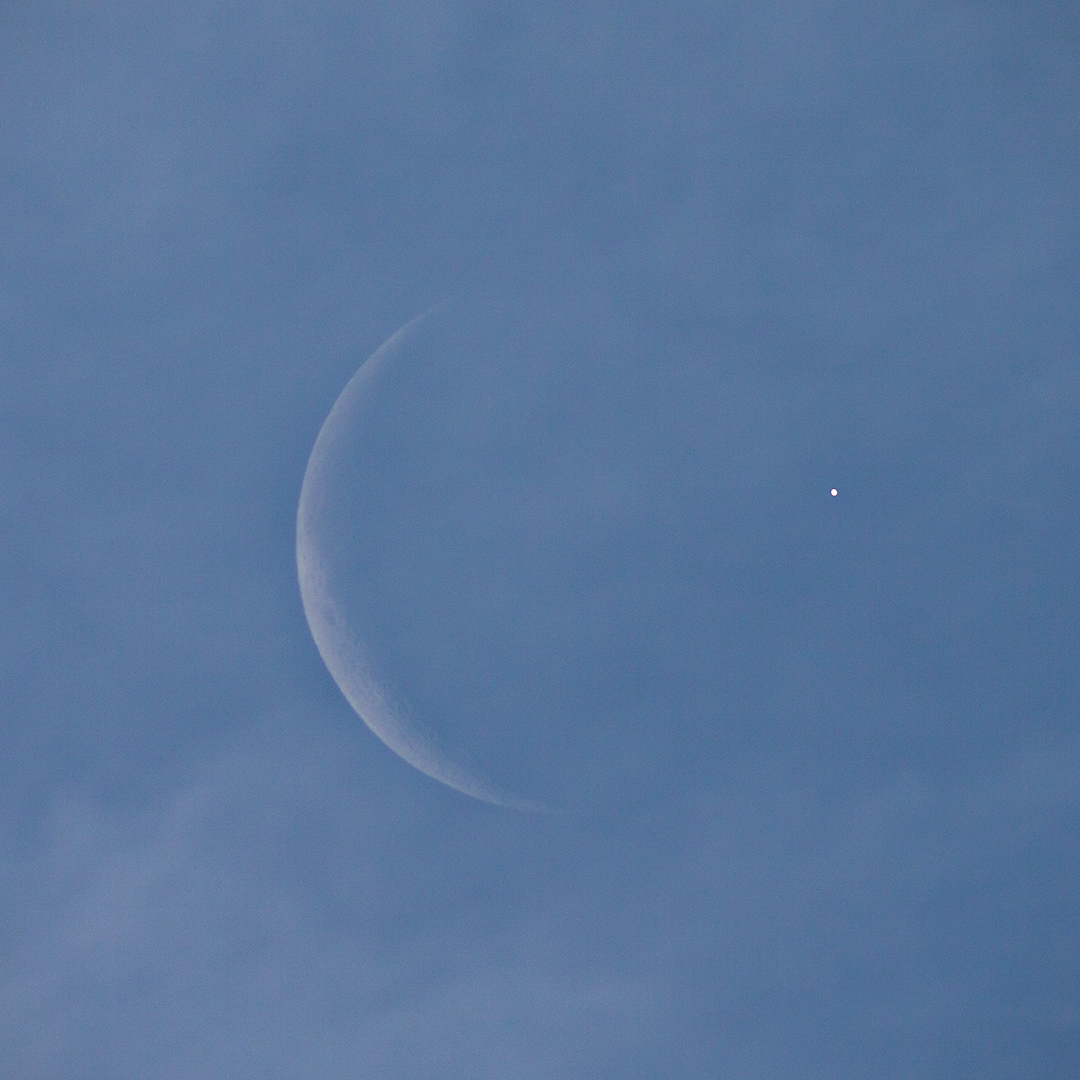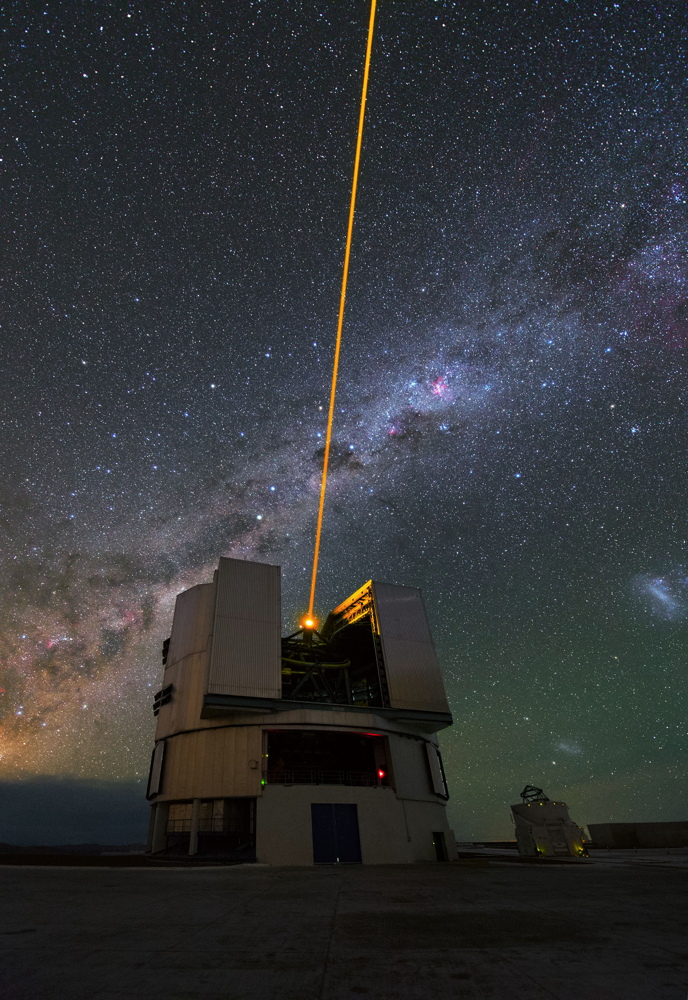Space Image of the Day Gallery (December 2015)
Image of the Day Archives
For older Image of the Day pictures, please visit the Image of the Day archives. Pictured: NGC 2467.
Moonset and Milky Way
Tuesday, Dec. 1, 2015: Astrophotographer Brook Wassall submitted a photo of the moon setting, taken at Niarbyl on the Isle of Man, on Sept. 18, 2015. Wassall writes in an email message to Space.com: "Here you can see the moon setting on the right [allowing] the Milky Way to shine [brightly] in the night sky. This was a bit of a tricky image to get as this was taken just after low tide, with the water slowly creeping into my shoes as I [balanced] myself on a couple of slippery rocks, but the low tide enabled me to get as far out as I could to capture the reflections of the [surrounding] light on the water. With the tide slowly creeping in further and further, and the moon quickly setting on the horizon, I had little time before the window of opportunity was gone. The Isle of Man sits in the middle of the Irish Sea, and although the island itself has very low light pollution, it is surrounded by the UK and Ireland which can shine quite [brightly] from across the sea in the night. The light pollution seen on the horizon in this image is actually coming all the way from Dublin, Ireland."
— Tom Chao
Nebula in the Sky
Wednesday, Dec. 2, 2015: The Carina Nebula (NGC 3372) glows over one of the antennas included in the ALMA telescope on the Chajnantor plateau in the Chilean Andes. Star clusters NGC 3532 (right) and IC 2602 (left) also glow above the Carina Nebula. Image released Nov. 30, 2015.
— Tom Chao
Dust
Thursday, Dec. 3, 2015: Elliptical galaxy NGC 2768 lies in the constellation of Ursa Major (The Great Bear). The collection of stars features a bright central region, in which a supermassive black hole sucks in a stream of gas and dust fed by its galactic host. A prominent plume of dust reaches out from the center of the galaxy, lying perpendicular to the galaxy’s plane. In this dust, a hidden, symmetrical, s-shaped pair of jets spurt from the black hole. Image released Nov. 30, 2015.
— Tom Chao
Engines On
Friday, Dec. 4, 2015: A camera with a fisheye lens captured the liftoff of the Vega VV06 rocket carrying the LISA Pathfinder on Dec. 3, 2015, from Europe's Spaceport, French Guiana. LISA (for Laser Interferometer Space Antenna) Pathfinder spacecraft’s goal is to test key technologies for space-based observation of gravitational waves. Albert Einstein’s general theory of relativity predicted these ripples in the fabric of spacetime, but they have not yet been directly detected. To explore the experimental approach that future missions could use to observe the cosmic fluctuations, LISA Pathfinder will create the best free-fall yet achieved in space. The spacecraft will do this by reducing all the non-gravitational forces acting on two cubes while monitoring their motion and attitude with unprecedented accuracy.
— Tom Chao
Cygnus
Monday, Dec. 7, 2015: An Atlas V rocket launches from Cape Caneveral, Florida, on Dec. 6, 2015, carrying the Cygnus cargo ship on its journey to the International Space Station during Orbital ATK’s OA-4 mission, flown under NASA’s Commercial Resupply Services contract. This launch marks the first time the Cygnus spacecraft has flown on an Atlas V rocket. Cygnus, weighing in at a little over 8 tons, represents the heaviest payload to launch atop an Atlas V rocket.
— Tom Chao
Into The Lens
Tuesday, Dec. 8, 2015: A very massive cluster of galaxies, MACS J0416.1-2403, lies about 4 billion light-years away and weighs as much as a million billion suns. The immense gravitational field created by the cluster magnifies the images of galaxies far beyond it, in a process known as gravitational lensing. An extremely faint and distant galaxy that existed only 400 million years after the big bang, barely visible in this image, has been discovered by Hubble and NASA’s Spitzer Space Telescope. The gravitational lens effect makes this galaxy appear 20 times brighter than without the effect. This galaxy might represent the growing core of what may have become a full-sized galaxy. [See our full story.]
— Tom Chao
Breaking space news, the latest updates on rocket launches, skywatching events and more!
Something Shimmering and White
Wednesday, Dec. 9, 2015: The Milky Way galaxy arches above the platform of the European Southern Observatory's Very Large Telescope (VLT) on Cerro Paranal, 8650 feet (2635 meters) above sea level in Chile. Our galaxy's cloudy and dusty structure glows in detail as a dim band across the facility’s observation deck. From Earth, the Milky Way appears as a band across the sky because of our vantage point in one of its spiral arms looking towards its center. Astrophotographer John Colosimo submitted this photograph to the Your ESO Pictures Flickr group.
— Tom Chao
Under Waning Moon
Thursday, Dec. 10, 2015: Astrophotographer Pauline Acalin captured Venus reappearing after being occulted by the moon on Dec. 7, 2015. Acalin is based in Costa Mesa, California.
— Tom Chao
Would You Like to Swing on an Artificial Star?
Friday, Dec. 11, 2015: A laser guide star shoots out from one of the four Unit Telescopes that make up ESO’s Very Large Telescope (VLT) at Paranal Observatory in Chile. The Unit Telescope in this image bears the name Yepun, which means Venus in the Mapuche language spoken by indigenous people in southern Chile. The laser beam energizes a layer of sodium atoms in the atmosphere, creating a small bright spot, an artificial star. The telescope can then use its adaptive optics, with the artificial star serving as a reference, to reduce distortion from the atmosphere, producing clearer images. Image released Nov. 23, 2015.
— Tom Chao
A Mist from Above
Monday, Dec. 14, 2015: Galaxy 2MASX J16270254+4328340 is undergoing a galactic merger. The galaxy with a mouthful for a name has merged with another galaxy, resulting in a fine mist consisting of millions of stars spewing from it in long trails. What we see here is an image of the the event nearing its conclusion. This transforming galaxy advances into old age with its star-forming days nearly behind it. Image released Nov. 23, 2015.
— Tom Chao
